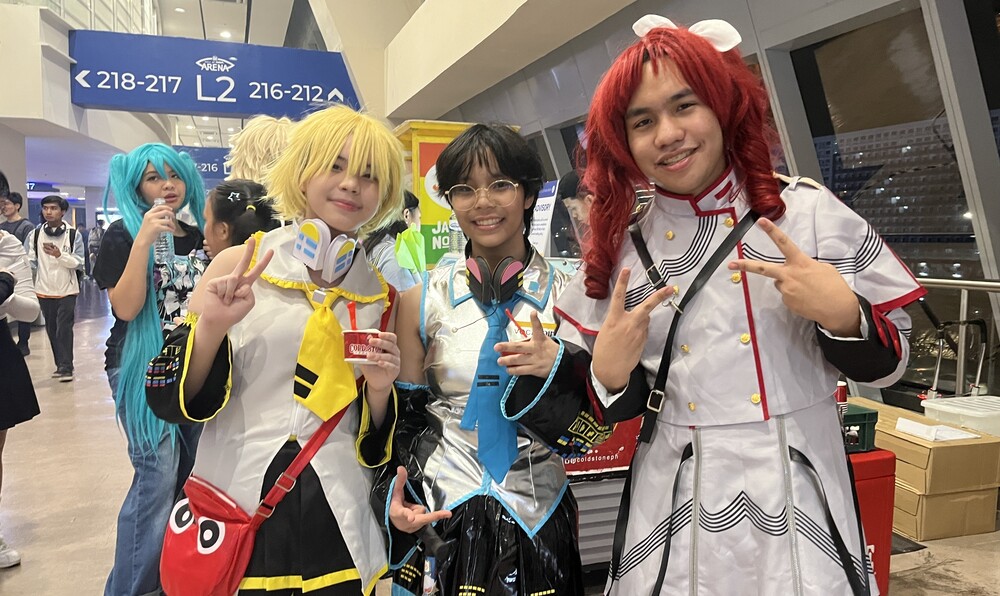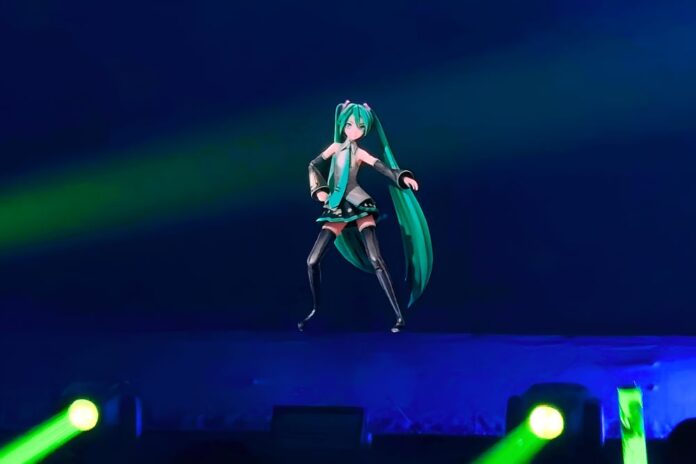Miku Expo 2025 drew thousands to the SM Mall of Asia (MOA) Arena on November 16, 2025, for the first Philippine showcase of the world’s leading virtual idol, Hatsune Miku. The event marked a significant moment for the country’s Vocaloid community, bringing together longtime fans and a new generation of digital music enthusiasts.
Hatsune Miku has influenced global pop culture since 2007. Her rise helped build a movement centered on Vocaloid technology created by Yamaha. The technology enabled producers and artists to create digital performers, sparking a fast-growing creative scene. The fan base in the Philippines grew with it and shaped a strong community that remains active today.
Cultural Impact of J-Pop

Fans arrived at the arena in cosplay, with coordinated lightsticks and happi coats featuring performer insignia. The atmosphere highlighted the deep connection of Filipino fans to Japanese idol culture. The event reinforced the idea that the Vocaloid community continues to evolve and expand across generations.
Similar to idol culture in Japan, the SM MOA Arena venue echoed the rich culture of this community, with fans dressed in cosplay, synchronized lightsticks, and the traditional “happi,” a Japanese festival wear brandished by the performers and emblazoned with their insignia.
Vocaloid fans dress up as their favorite virtual idol.
Digital innovation onstage
Miku Expo 2025 featured leading Vocaloid performers in their first concert on Philippine ground. The production used advanced visual technology to create a seamless live experience. The setlist included “Rolling Girl,” “Loki,” “Vampire,” “Double Lariat, and Midnight Surf.” The crowd responded to every song with loud participation.

Virtual performers delivered a show that blended entertainment and digital innovation. The event emphasized how technology continues to shape modern concerts and fan engagement.
Hatsune Miku performs for thousands of fans.
SM Mall of Asia Arena as a premier venue

SM Mall of Asia Arena provided the ideal setup for the concert. Its engineering, sightlines, and flexible stage system supported the high level of digital production. The venue demonstrated its ability to host complex multimedia concerts and reinforced its position as a preferred destination for global acts.
